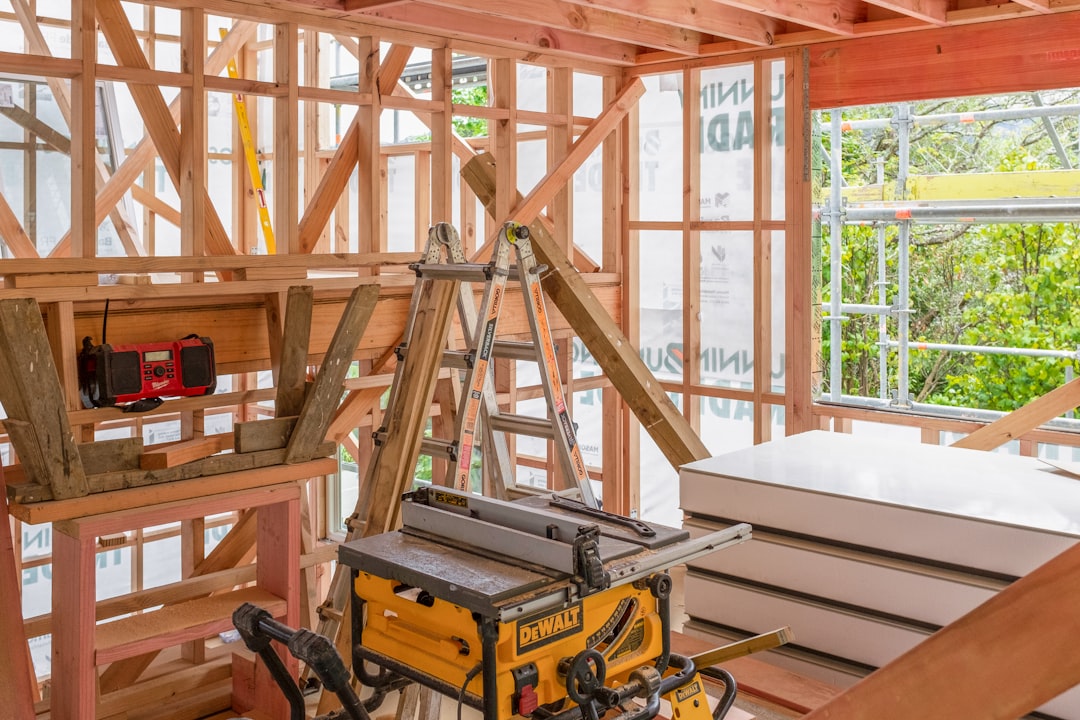Understanding Mobile Home Insulation Costs in 2025
Insulating a mobile home is key to reducing energy expenses and improving thermal efficiency. As of 2025, insulation costs generally range between $1,200 and $8,500, driven by factors like material selection and project complexity. Professionals aiming to optimize investments should consider these cost dynamics carefully.
Key Cost Components for Professionals
- Home Size: Single-wide homes (600-1,000 sq ft) have different needs compared to double-wide (1,000-2,000 sq ft).
- Cavity Access: Open walls during renovations are less costly than post-construction retrofits.
- Material Choice: Loose-fill fiberglass averages $1.15/sq ft, while closed-cell spray foam exceeds $2.75/sq ft.
- Climate Considerations: Higher R-values are vital in colder regions.
- Labor Costs: Local variations might see a 20% premium where union rates apply.
Updated Projected Cost Ranges
- Under-belly Insulation: $1,200–$2,800 for single-wide homes; $2,000–$4,200 for double-wide properties.
- Wall Insulation: Prices range from $1.25 to $2.00 per sq ft.
- Roof Assembly Insulation: $1,800–$3,600 for cellulose or fiberglass; $3,000–$6,000 for spray foam.
- Total Project Costs: Insulating a 1,200 sq ft home typically costs $3,500 to $8,500.
Inclusions in Professional Services
- Removal and disposal of existing insulation
- Sub-floor sealing and moisture-barrier repairs
- Delivery of materials and waste management
- Air-sealing tapes and foams
- Professional labor, protection, and cleanup
Assessing DIY vs. Professional Installation
DIY might appear cheaper, but often results in a 25% increase in costs due to errors and material waste. Professionals ensure high-quality outcomes with compliance and warranties.
Accurate Estimations with CountBricks
In construction, reliable estimates are crucial. CountBricks equips professionals with tools for on-the-go estimates and material calculations, ensuring precise and up-to-date cost analysis.
Enhancing Insulation Techniques
Utilize voice inputs for real-time dimension capture and AI-driven takeoffs from plans. Choose material grades and examine labor rates to craft accurate quotes swiftly.
Maximizing ROI: Five Pro Tips
- Conduct blower-door tests for efficiency
- Enhance wind barriers with skirting
- Use rigid foam to prevent thermal bypass
- Install vapor barriers in humid areas
- Leverage strategic financing for energy savings
Making Informed Decisions
Understanding costs and processes empowers decision-making. Engage with CountBricks for informed choices using real-time data and locked-in rates. Visit CountBricks.com for tailored estimates.
Case Study: Kansas City Retrofit
The Thompson family’s retrofit of their 1,450 sq ft mobile home in Kansas City was streamlined using the CountBricks app. AI calculations provided the following estimations:
- 1,680 sq ft of wall cavity fitted with cellulose insulation
- 1,450 sq ft of R-30 fiberglass belly insulation
- 1,600 sq ft of roof application with open-cell spray foam
The projected cost was $6,920, closely aligning with the final invoice due to regional labor adjustments.
Key Insights from the Project
- Floor insulation reduced heating costs by 28% within the first month
- Sealed marriage lines eliminated odors at a cost of $150
- Financing provided cost management over 18 months
Speed Up Approvals with Quick Estimates
CountBricks’ rapid estimates linked to market prices facilitate swift project initiation and competitive bidding, resulting in a 30% increase in bid success rates with reduced lead times.
Steps for Construction Professionals
Trust CountBricks for precise cost management and superior insulation solutions.

